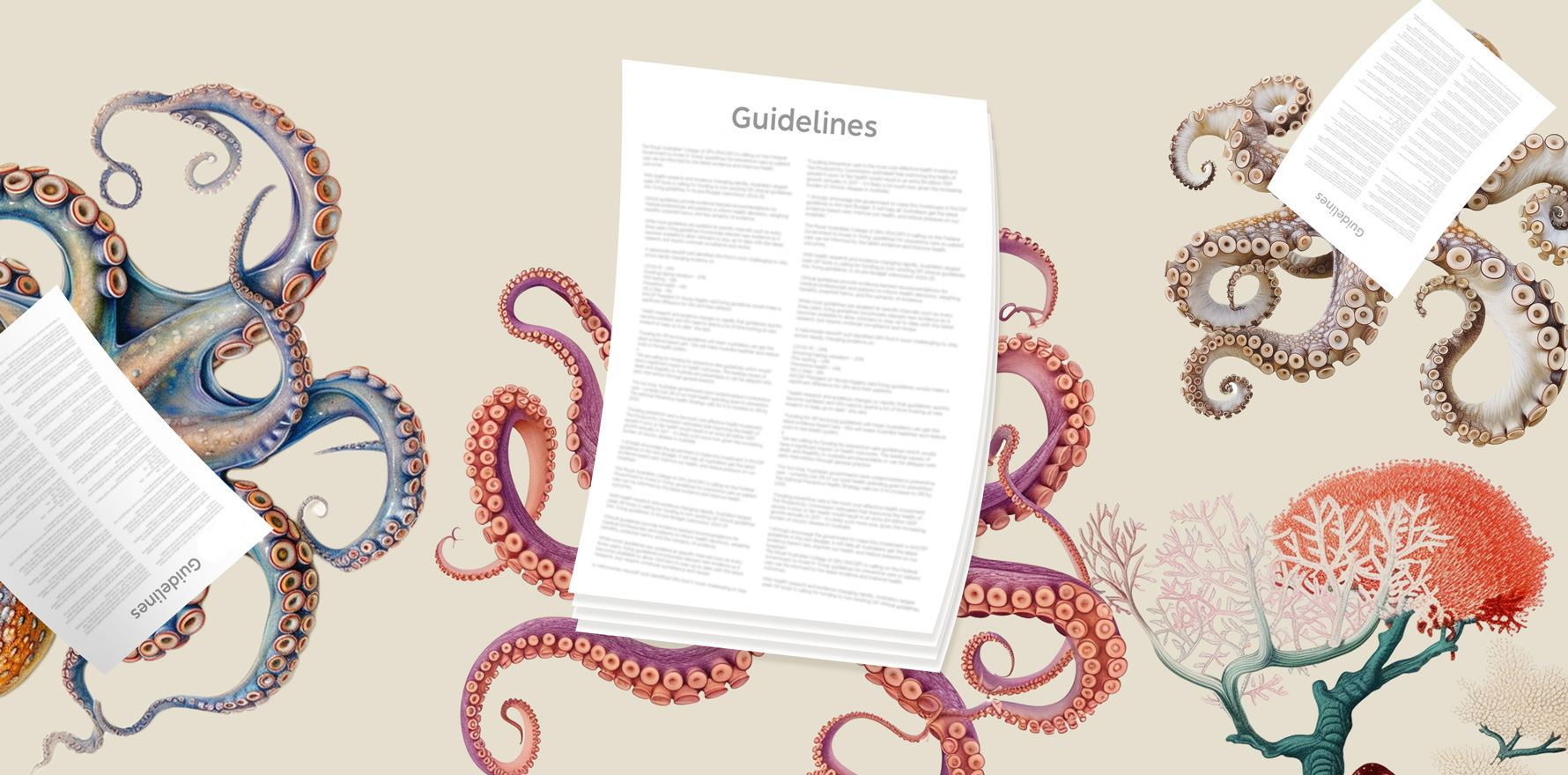Technology will be integral to effective living guidelines, says the chair of the RACGP’s expert committee in quality care.
New research out of Monash University, published on Monday in the Medical Journal of Australia, has outlined the potential for translating living evidence into health policy with the help of a national research agenda, to keep Australia at the forefront of health.
Living evidence refers to research updated through continuous surveillance providing up-to-date information, often then shaping guidelines.
The paper makes the case for living evidence to be used for policy and funding decisions, as well as for clinical practice decisions.
It also looks at the wider picture, calling for research infrastructure to better understanding how to use and create living evidence and guidelines.
The RACGP has long pushed for funding from the federal government for living guidelines.
Speaking to The Medical Republic, chair of the RACGP’s expert committee in quality care Professor Mark Morgan said living guidelines built trust in clinical practice.
“The rate of change of medical knowledge is increasing, so the rate at which things go out of date is increasing,” he said.
“I think there are more therapeutics and more understanding and research into the best ways to deliver care than we’ve had in the past, so it’s more complicated and harder to just innately know what you need to do to deliver the very best care.
“Access in real time to quick evidence summary that you can trust is an important part of clinical practice.”
But it’s not all plain sailing.
“There’s a small caveat, it isn’t all rosy,” said Professor Morgan.
“Living guidelines require infrastructure to set up and maintain.
“Living guidelines also are going to change and therefore, you can’t have fixed protocols or healthcare pathways, for example, based on those guidelines.
“You can’t just suddenly have printed guideline books and expect to pull them off the shelf and look at them.”
Professor Morgan said technology would be integral for making living guidelines plausible.
“For living guideline approaches, you really need point of care, or very rapid access, and perhaps increasingly backed by computer decision support, which we’re just beginning to be able to do,” he said.
Professor Morgan said to make living guidelines viable, GPs would need to be made aware that guidance could be constantly changing and that it was worth looking at the latest management guidance.
“At the moment, there are not many trustable living guidelines,” he said.
“There are two major steps in producing guidelines.
“One is to have a system that can look at all the available world evidence, judge it for its quality and synthesise it.
“The collection and synthesis of evidence is a highly technical task, and that could be shared internationally. It can be outsourced to people with a setup to do that as efficiently and effectively as possible.
“You can set up the evidence synthesis by third-party organisation, it doesn’t have to be done by the people writing guidelines.
“And then there’s a second step, which is for people in an Australian context to look at the outcome of that evidence and decide whether or not that evidence is enough to change clinical practice.
“So, it’s converting the evidence into a recommendation and making some judgment about whether that recommendation is for practice in an Australian setting, how confident we are in in the quality of the evidence, and how strong the recommendation should be.”
For RACGP guidelines, the second step should involve funding GPs to be engaged in clinical guidelines production.
“[We need] consumers to have a strong voice in any guidelines that are being produced, so they’re not being pulled in one direction or another by people with vested interests or a strong leaning towards one form of treatment or another.”
Related
According to Professor Morgan, living guidelines should be taxpayer funded not RACGP membership funded.
“For [RACGP] guidelines, I think there’s a strong argument to be mounted for the guidelines to be seen as a piece of health infrastructure that has multiple uses across all of health.
“So, funding of the guidelines is important.
“The other step that could be taken, rather than trying to convert all guidelines to living guidance in one go, would be to identify individual recommendations that are highly important and most likely to change … and to concentrate on keeping those individual recommendations as up to date as possible.”





